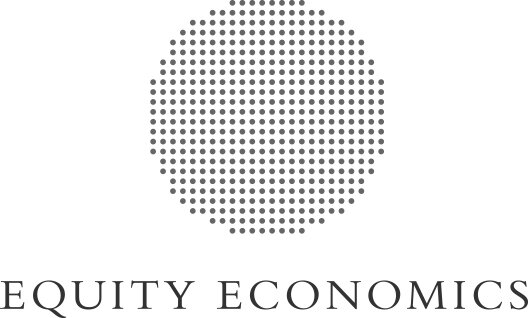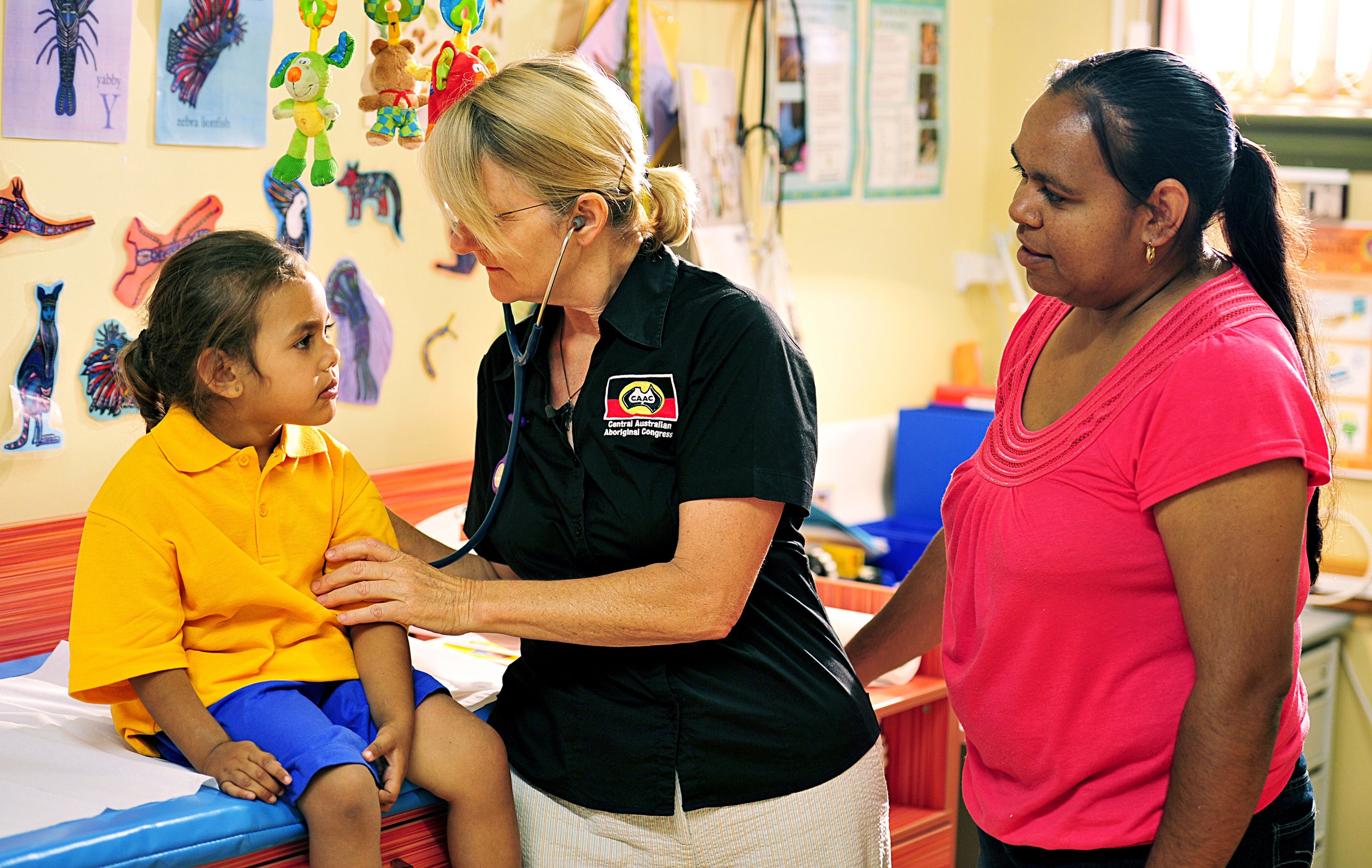Measuring the Gap in Health Expenditure: Aboriginal and Torres Strait Islander Australians
Summary
Equity Economics, in partnership with the National Aboriginal Community Controlled Health Organisation (NACCHO), undertook an analysis of the gap in health expenditure for Aboriginal and Torres Strait Islander people. In order to calculate the gap, we accounted for the burden of disease, which is more than twice the rate for the Aboriginal and Torres Strait Islander population than for the non-Indigenous population.
The gap is estimated at a significant $4.4 billion, including Commonwealth, State and Territory Government, and non-government expenditure. While there are a range of ways to quantify the gap in health expenditure, it is important that we do so in order to understand the scale of the conversation we need to have if we are to close the gap.
Findings
There remains a large and persistent gap in expenditure on health care for Aboriginal and Torres Strait Islander people.
The burden of disease is more than twice the rate for the Aboriginal and Torres Strait Islander population than for the non-Indigenous population. However, this large scale of additional need is not reflected in health expenditure on Aboriginal and Torres Strait Islander people.
The current gap in total recurrent health expenditure is estimated at $4.4 billion, including Commonwealth, State and Territory Government and non-government expenditure.
The gap in Commonwealth Government expenditure in 2019-20 is estimated to be $2.6 billion.
The remaining gap largely reflects lower private health expenditure. Given the barriers many Aboriginal and Torres Strait Islander people face in accessing private health care, it is important to recognise this as part of the overall gap and for Commonwealth, State and Territory Governments to fill this shortfall and work with the Aboriginal Community Controlled Health Sector and other partners to address it.
Read the full report



